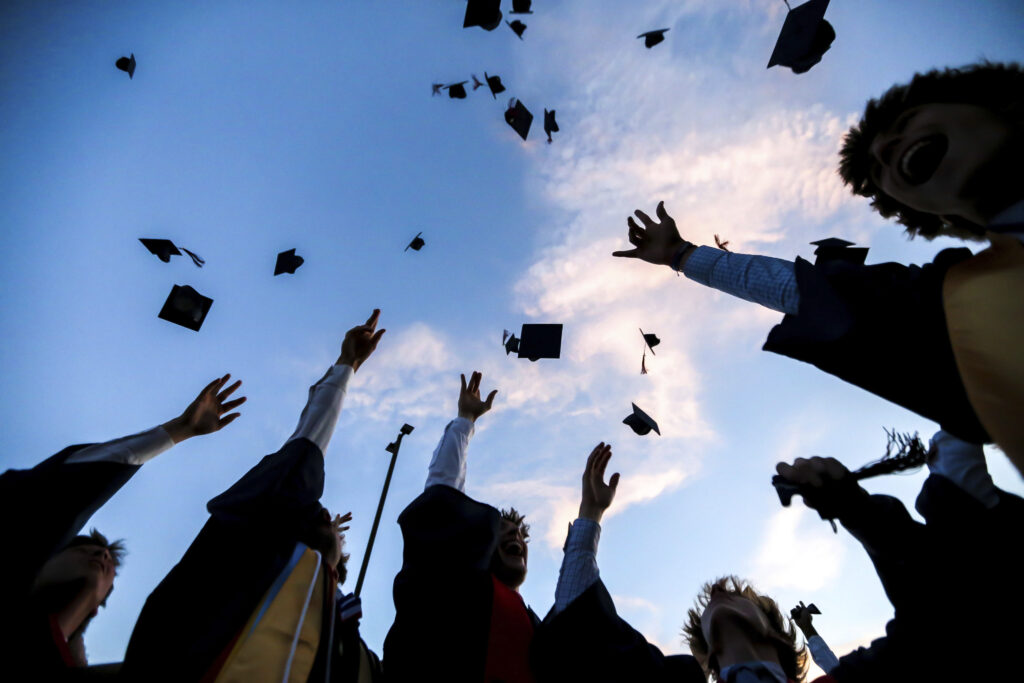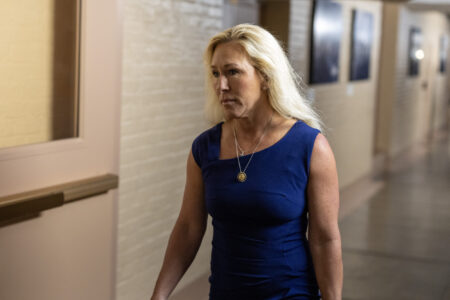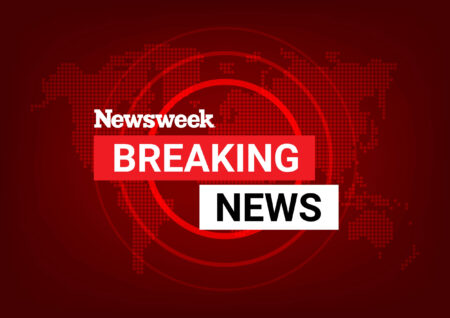America is approaching a ‘demographic cliff,’ as the number of 18 year olds in the country is about to decrease.
According to the recently released Hechinger Report, the result of America’s falling birth rate is going to start becoming apparent this year, as fewer high school graduates exist, meaning fewer people will enter universities and the job market.
Why It Matters
Having enough adults in a country is vital for a thriving economy, and higher education sector. Without an equal-sized next generation, the U.S. can anticipate the closure of universities and therefore a decline in skilled labor. It can also anticipate a decline in labor in general, as the population shrinks.
In addition to a dwindling domestic workforce, President-elect Trump has pledged to initiate his mass deportation agenda on his first day in office which, according to the American Immigration Council, will remove approximately 17 percent of America’s total workforce, and almost half the country’s agricultural workers.
The Trump transition team has been contacted via email for comment.
What To Know
America has been experiencing a declining birth rate since 2007. With the exception of a slight blip post-pandemic, the number of babies being born in America has continued to fall over the past 18 years.
According to the Hechinger Report, the real effect of this declining birth rate will start being felt this year, as the kids born in 2007 turn 18. And, according to the Western Interstate Commission for Higher Education report, the U.S. will have near half a million fewer 18 year olds graduating from high school by 2041.
Higher education institutions are already closing, with more than one college a week announcing its closure at the start of 2024. And while some say this opens up a better ‘buyers’ market’ for high school graduates, others say this will eventually wreck havoc on U.S. development.
The U.S. is currently ranked at number 9 among developed nations in terms of people going on to higher education, and this slump in high schoolers may widen that gap.
That gap is significant as, according to research from the National Center for Education Statistics, each college closure results in the loss of $67 million per year from the economy.
What People Are Saying
Professor Jeff Strohl from the Georgetown University Center on Education and the Workforce told Hechinger: “If we don’t keep our edge in innovation and college-level education, we’ll have a decline in the economy and ultimately a decline in the living standard.”
Luke Jankovic, general manager at Lightcast, told Hechinger: “We have a lot of people moving from economic producers to economic consumers, and there just aren’t enough people coming up behind them to replace them.”
What Happens Next
If the birth rate continues to fall, colleges, especially smaller ones, can expect serious financial pressures to close.
And, if Donald Trump is able to carry out his mass deportation agenda, the U.S. will likely experience serious strain on their workforce as well as higher prices and less access to goods, especially in the agricultural sector.
Read the full article here

















